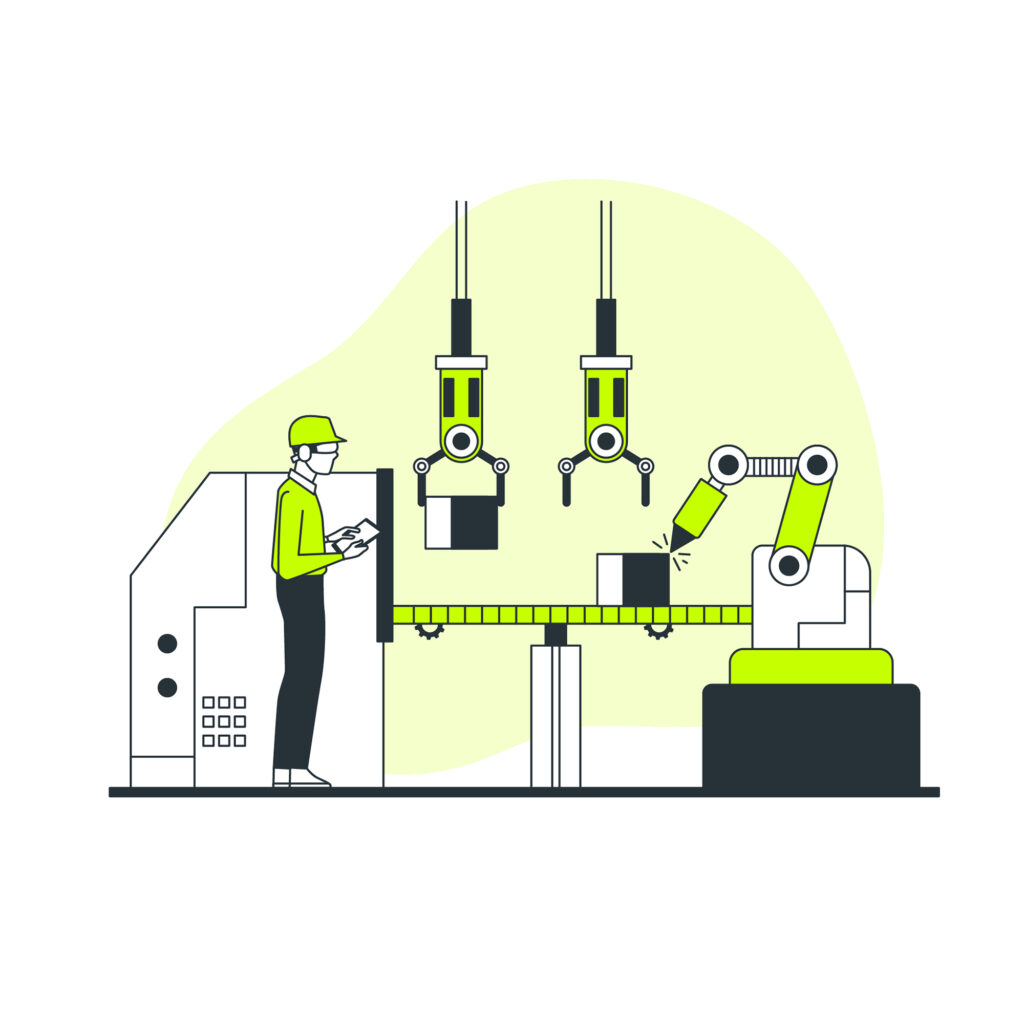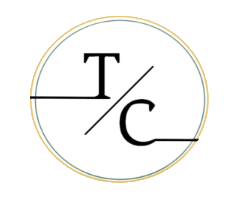Journal Entry for Manufacturing Overhead
Journal Entry for Manufacturing Overhead
Manufacturing overhead includes all indirect costs related to the production process that cannot be directly assigned to a single work order. These costs may include expenses such as factory utilities, equipment depreciation, supervisor salaries, and maintenance costs.
Since these costs are not tied to a specific product or task, they must be allocated across production activities using a systematic approach.

The accounting for manufacturing overhead starts with an overhead journal entry, where all indirect production costs are first recorded in an overhead account. Once these costs accumulate, they are allocated to individual work-in-process tasks using predetermined overhead rates.
This ensures that each project or product receives a fair share of the total overhead costs, maintaining accurate cost tracking and financial reporting.
Proper overhead allocation is essential for determining true production costs, setting accurate pricing, and managing profitability. Since manufacturing overhead is an indirect expense, businesses must use a consistent allocation method to ensure financial accuracy and compliance with accounting standards.
FAQs
How do you record manufacturing overhead?
Manufacturing overhead is recorded by first accumulating all indirect production costs in an overhead account and then allocating those costs to work-in-process inventory. The general journal entry for recording overhead looks like this:
- When overhead costs are incurred:
- Debit: Manufacturing Overhead (to accumulate costs)
- Credit: Cash, Accounts Payable, or Other Expense Accounts (depending on the payment method)
- When overhead is applied to work-in-process:
- Debit: Work-in-Process Inventory
- Credit: Manufacturing Overhead
What is the accounting for manufacturing overhead?
Manufacturing overhead accounting involves tracking and allocating indirect production costs that cannot be directly tied to a single product. The steps include:
- Accumulating costs – All factory-related indirect expenses (utilities, depreciation, rent, indirect labor, etc.) are recorded in the manufacturing overhead account.
- Applying overhead to production – Overhead is allocated to work-in-process inventory using a predetermined overhead rate, which is based on estimated costs and production activity.
- Adjusting for actual costs – At the end of the accounting period, the applied overhead is compared to actual costs. If there is a difference, it is adjusted through a variance account.
This method ensures that total production costs reflect both direct costs (materials and labor) and indirect costs (overhead expenses).
Is manufacturing overhead debit or credit?
Manufacturing overhead can be recorded as both a debit and a credit, depending on the accounting stage:
- When recording incurred overhead costs, it is debited to increase the manufacturing overhead account.
- When allocating overhead to work-in-process, it is credited to reduce the overhead account and shift costs to inventory.
At the end of the period, if actual overhead differs from applied overhead, an adjustment entry is made to reconcile the variance.
What is the formula for manufacturing overhead?
The standard formula for calculating manufacturing overhead is:
Manufacturing Overhead = Indirect Labor + Indirect Materials + Factory Expenses
Alternatively, if using a predetermined overhead rate, the formula is:
Applied Overhead = Predetermined Overhead Rate × Actual Activity Level
The predetermined overhead rate is typically calculated as:
Predetermined Overhead Rate = Estimated Overhead Costs ÷ Estimated Direct Labor Hours (or Machine Hours)

